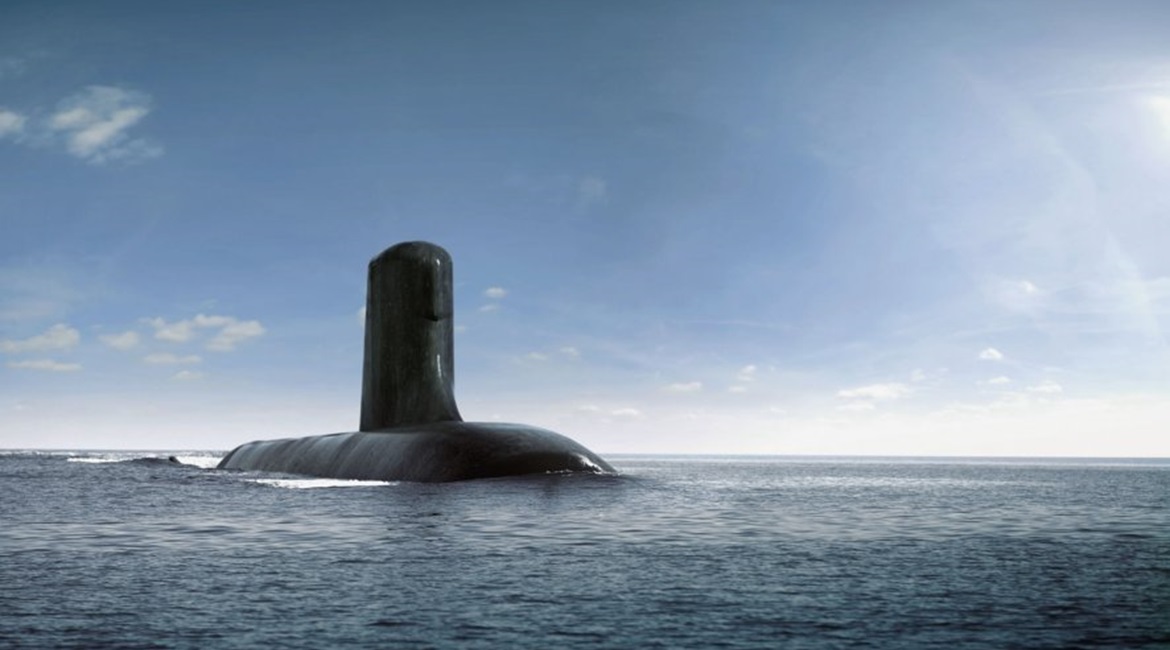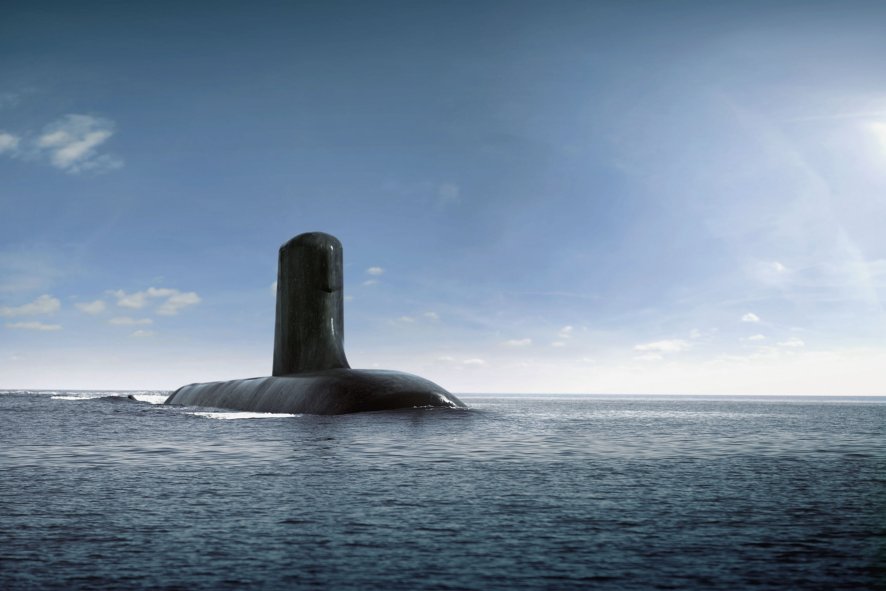
Lockheed Martin Australia has signed a subcontract with Safran Electronics & Defense Australasia Pty Ltd for the design of three major combat system components for Australia’s Future Submarine Programme.
The AUD36.77 million (USD24.8 million) contract, which will be in force until May 2023, will see Safran deliver the preliminary and detailed designs for the combat system’s optronics search and attack mast, navigation radar, and navigation data distribution components, said the two companies in a 7 October joint press release.

An artist's impression of the Shortfin Barracuda Block 1A submarine design that has been selected to meet Australia's Future Submarine requirement under the Sea 1000 programme. (Naval Group)
The contract scope will also include the delivery of prototypes and interface simulators to enable Lockheed Martin Australia, as the combat system integrator for the future Attack-class submarines, to conduct further test activities and validate the integrated performance of the combat system in its Adelaide-based Combat System Architecture Laboratory (CSAL).
The contract will see Safran establish sovereign capabilities at its new facility in Botany, NSW, for the build, integration, and ongoing sustainment of these components. The company will also subcontract two Australian companies, Acacia Systems and Thomas Global Systems, for the design and development of software and hardware, respectively, according to the statement.
In a separate statement, the Australian Department of Defense (DoD) announced that it had awarded a AUD3.5 million contract to Melbourne-based company Sypaq for the development of a small unmanned aerial system (UAS) with a hybrid-power delivery system and the capacity to operate effectively in harsh environmental conditions, such as those that can be experienced at sea.
Looking to read the full article?
Gain unlimited access to Janes news and more...






